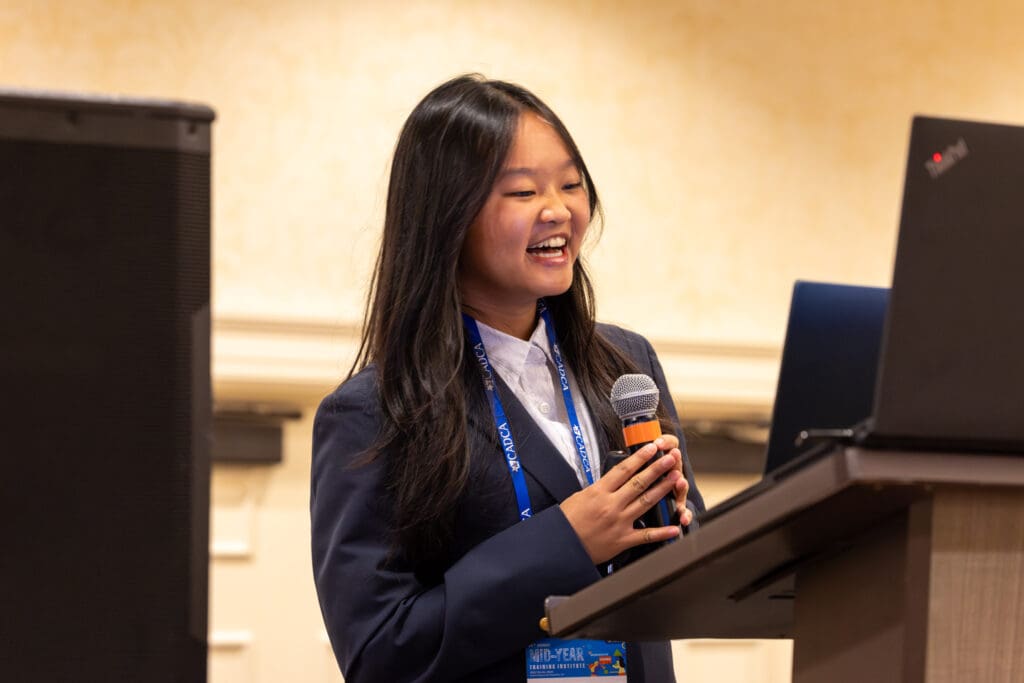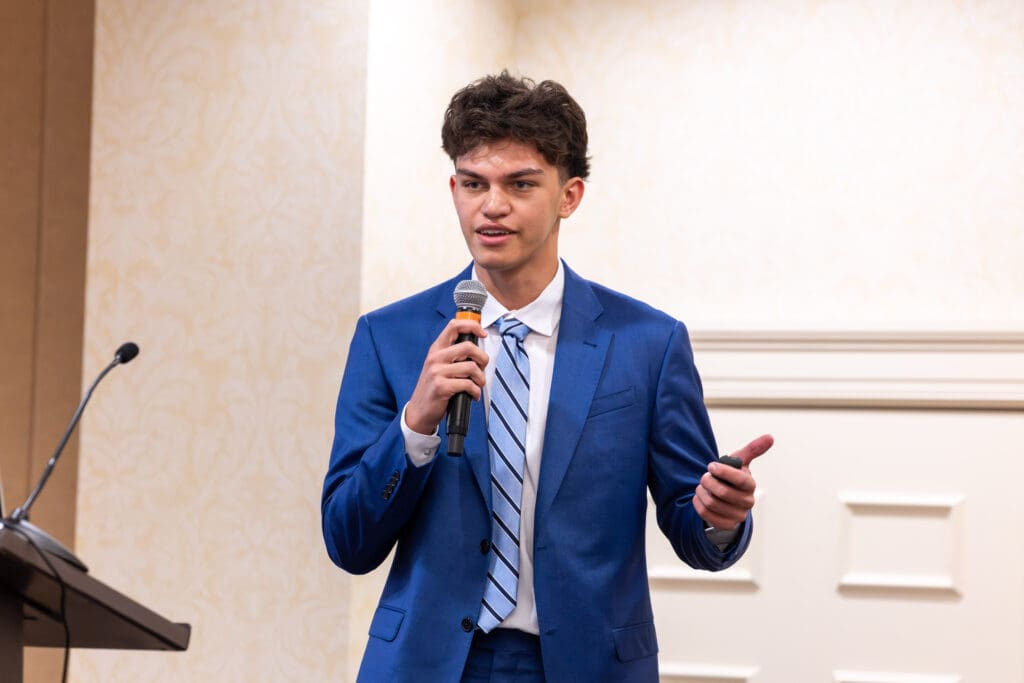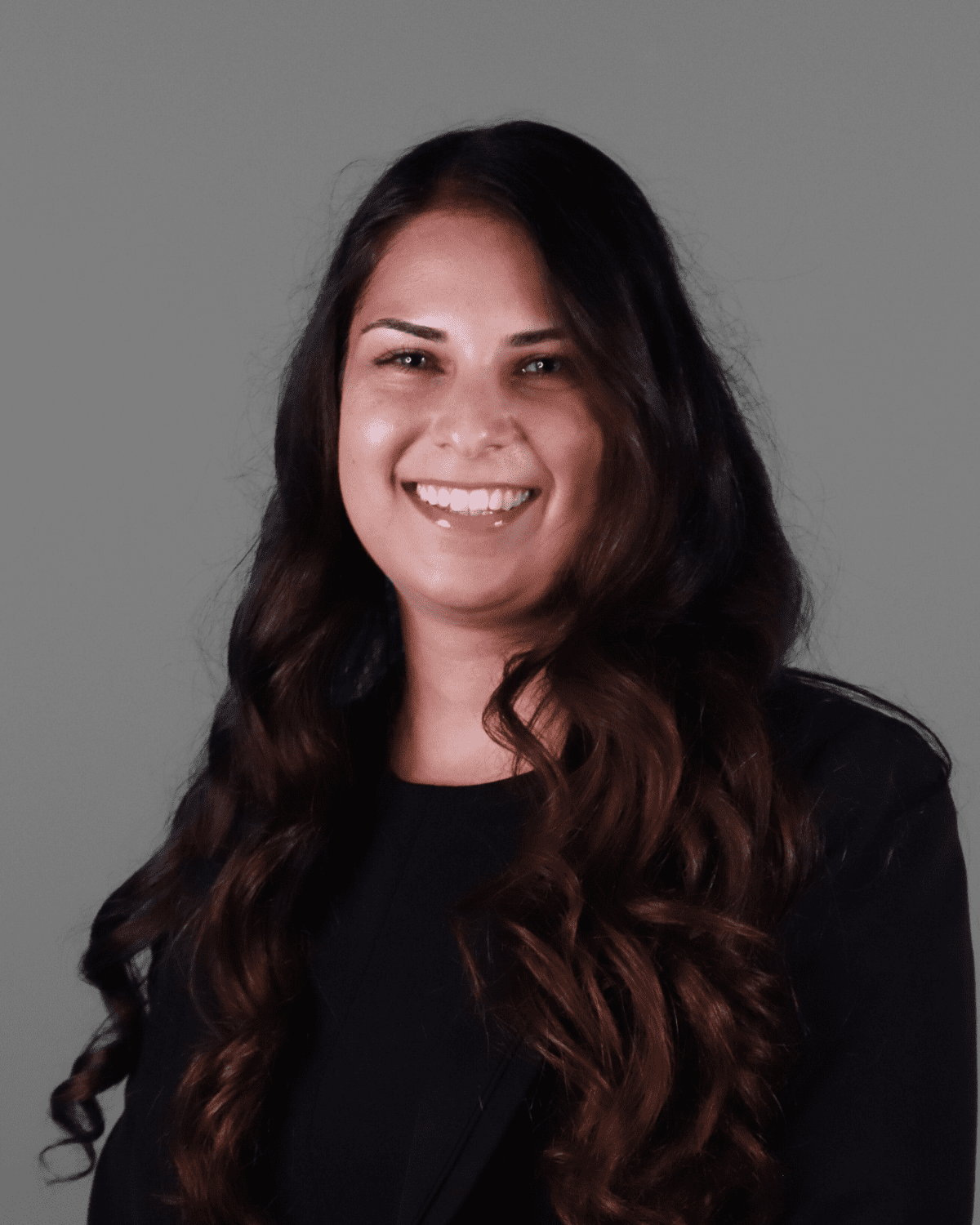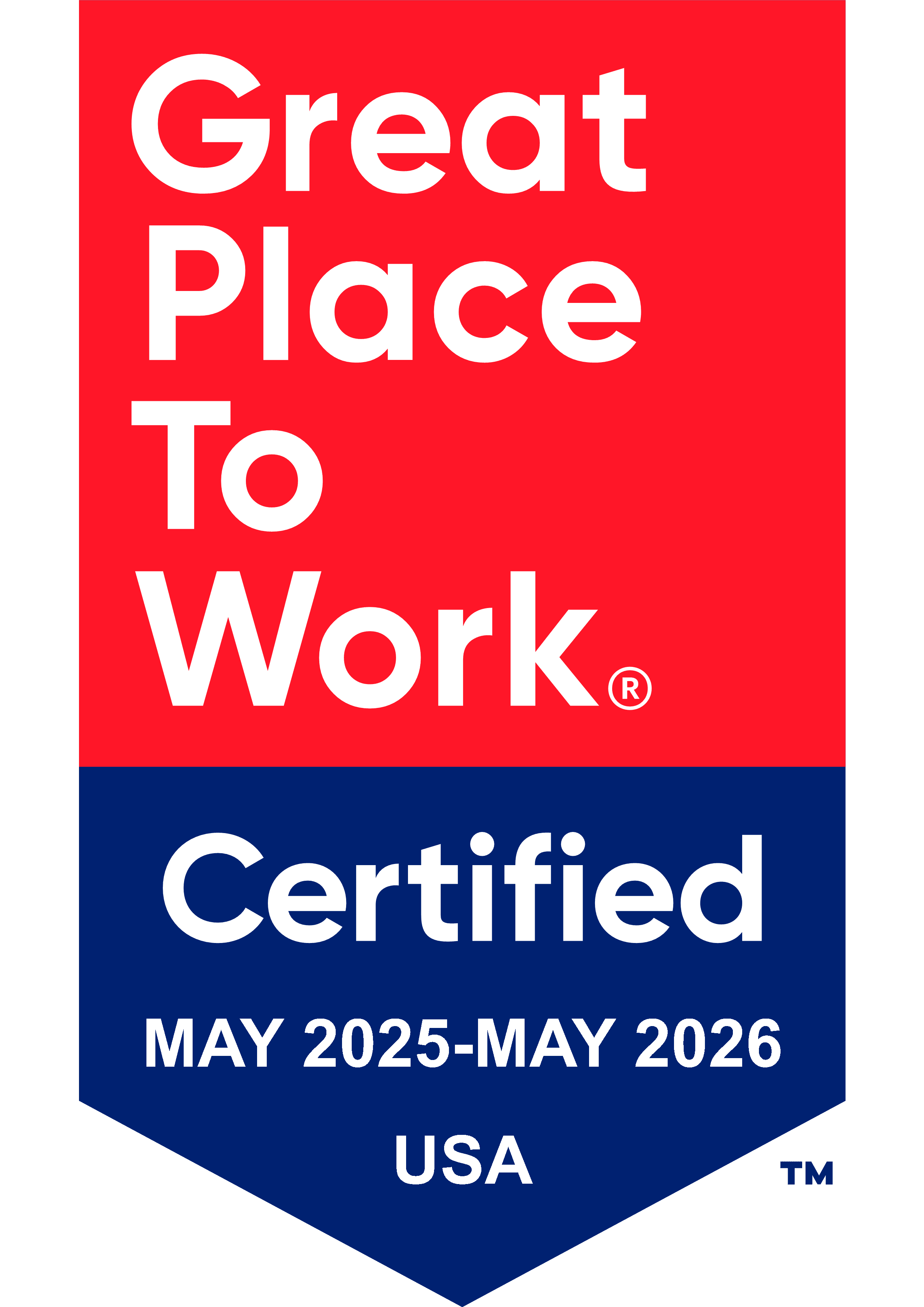At CADCA’s 2025 Mid-Year Training Institute in Nashville, seven youth leaders from the Voices of Youth program presented the projects they’ve been building over the past year. Through hands-on training and mentorship, youth participants design and implement projects addressing substance use and mental health challenges where they live. Voices of Youth is a SAMHSA-funded initiative in partnership with HOSA Future Health Professionals that equips students to apply the Strategic Prevention Framework in their own communities.
This summer, several of those students shared the results of their efforts:
Annie Gao (California) tackled the state’s fentanyl crisis through workshops and naloxone training sessions, reaching more than 120 students. In CA alone, the fentanyl crisis has claimed more than 6,000 lives in the past decade, disproportionately affecting youth. She shared candid lessons on setbacks, like rejected event proposals, and encouraged peers to “step out of your comfort zone” and build supportive teams to help move your work forward.

Aidan Hayes (Washington) worked with school administrators to adopt the INDEPTH Online program, an alternative-to-suspension curriculum from the American Lung Association. In his county, 1 in 8 twelfth graders vaped in the last 30 days. Yet, the high school’s disciplinary structure offered no alternative to suspension; students would be suspended if caught and first-time offenders weren’t provided with any education on the harm of the habit or how they can quit After months of advocacy for an educational alternative, the district approved the INDEPTH Online program to become part of the official Snohomish School District policy, affecting more than 3,000 students in the 2025-2026 school year. He reminded peers to never underestimate the power of their own voice.
Devarsh Shah (Illinois) aimed to educate communities about opioid risks and prevention. Partnering with local health organizations, his event distributed more than 70 naloxone kits, trained 100 residents on how to administer naloxone, and reached thousands online. The initiative caught the attention of local media, amplifying the message to a wider audience. Devarsh also brought the issue to the offices of Senators Durbin and Duckworth at the national level.
Shloka Kari (Pennsylvania) addressed high vaping rates in her school district by pushing for a shift from punitive policies to prevention. Previously, high school students caught vaping would immediately be suspended, with no prevention program in place. She worked with local administrators to encourage them to evaluate the school policy and ensure they address the factors that reduce the risk of youth tobacco use. As a result, they introduced the Catch My Breath program, where students could choose to go through the prevention program instead of being suspended. She also partnered with a local organization to receive funding to create a mindfulness corner at her school, offering students a space for healthy stress-coping strategies. Two-thirds of the school’s 4,000 students visited the space, and 85% reported feeling more relaxed as a result.
Gabriel Gavrilescu (Florida) launched a campaign to reduce underage drinking in Broward County, given that in the past month, 1 in 8 high schoolers in the county participated in underage drinking. His efforts included a MADD student-parent assembly that featured emotional stories and statistics; a sticker shock campaign in which they placed warning labels on alcohol products at local liquor stores to remind adults not to provide alcohol to minors; and the creation of a prevention website to create a permanent digital presence and hub for resources. His events reached more than 600 students, and he reflected on how the experience helped him grow as a confident speaker and organizer.

Sarah Olsen (Arizona) focused on peer-led suicide prevention through her project Shatter the Stigma. In 2021, approximately 3,500 teenagers were hospitalized for suicide ideation and non-fatal suicide attempts in the state of Arizona. Motivated by personal loss, she surveyed her peers, hosted an awareness event to show support for people struggling with suicide, and launched a social media campaign. The survey results showed that 50% of students said they had considered committing suicide. She was also able to put on the event, despite challenges with limited administrative support.
Arianna Anahi Villa-Huizar (Texas) led a project focused on youth vaping in her community. She wanted to advocate and propose alternatives to suspension programs, provide mental health resources to help peers cope with their struggles, educate parents about the risks of teen vaping, and prevent and reduce teen vaping through early awareness. As a result, she created a bilingual parent handbook to guide conversations about vaping, with advice on how to have honest and age-appropriate conversations with teenagers. She continues to push for prevention programs in schools and the creation of teen-focused support groups.
These projects highlight how the persistence and leadership of youth can contribute to healthier communities. From changing school policies to creating helpful resources for parents, these participants are proving that prevention is stronger when youth are at the center of the work.


